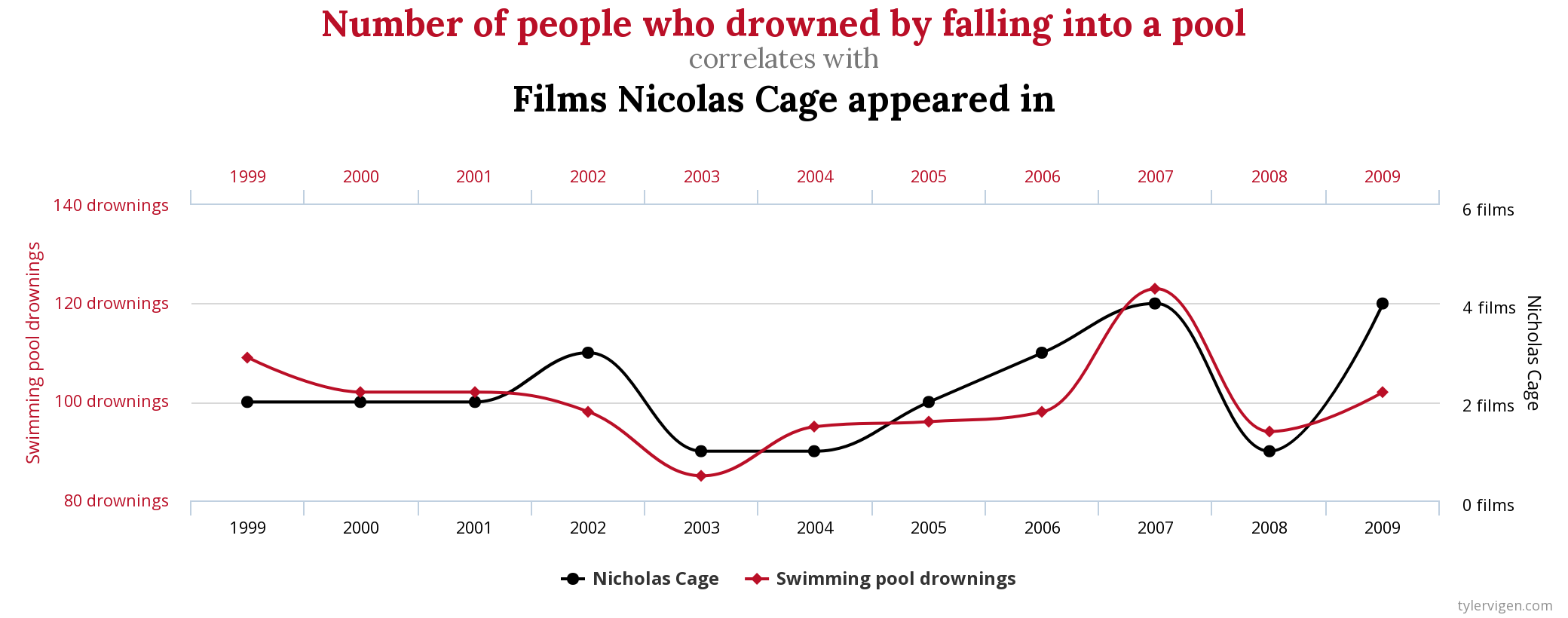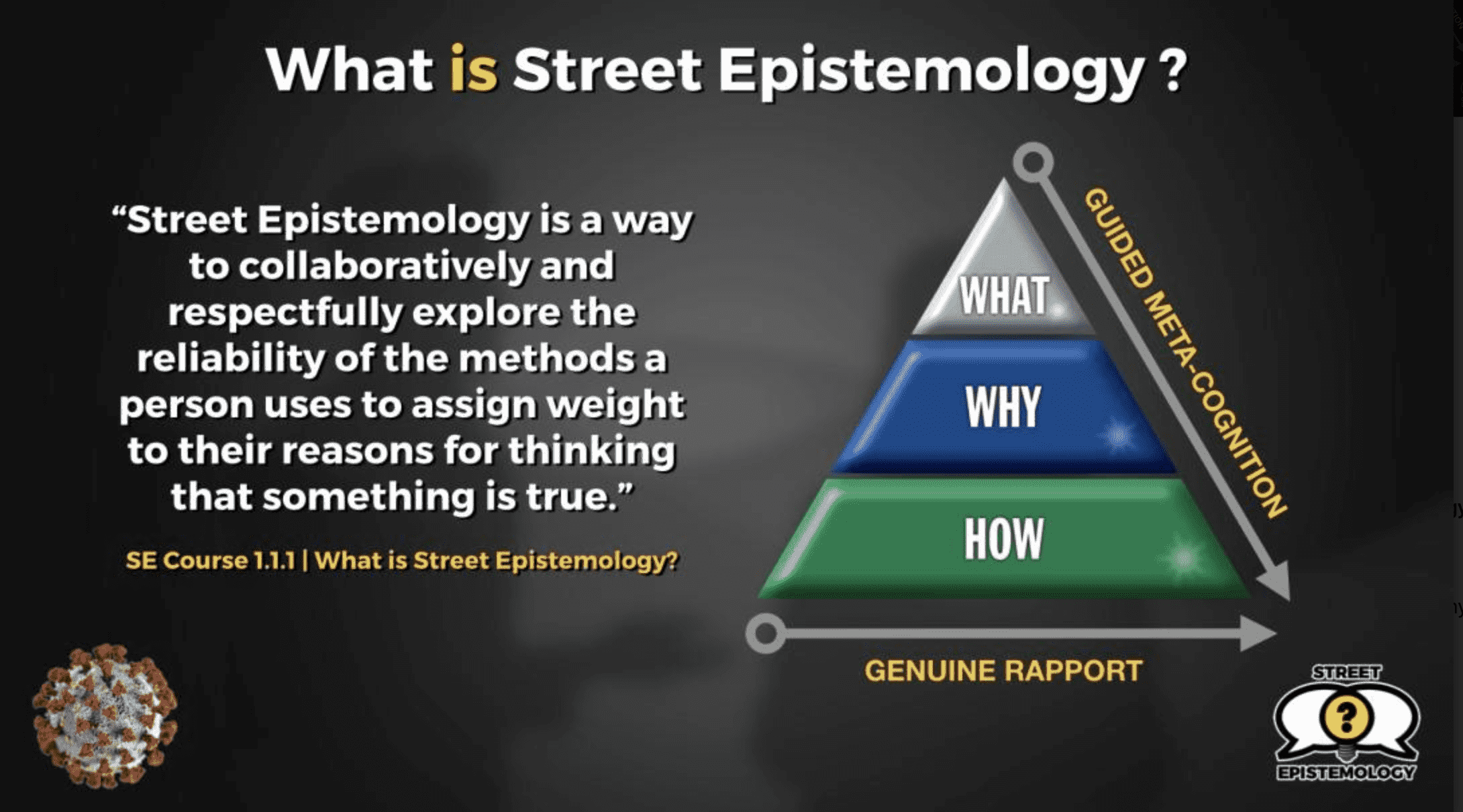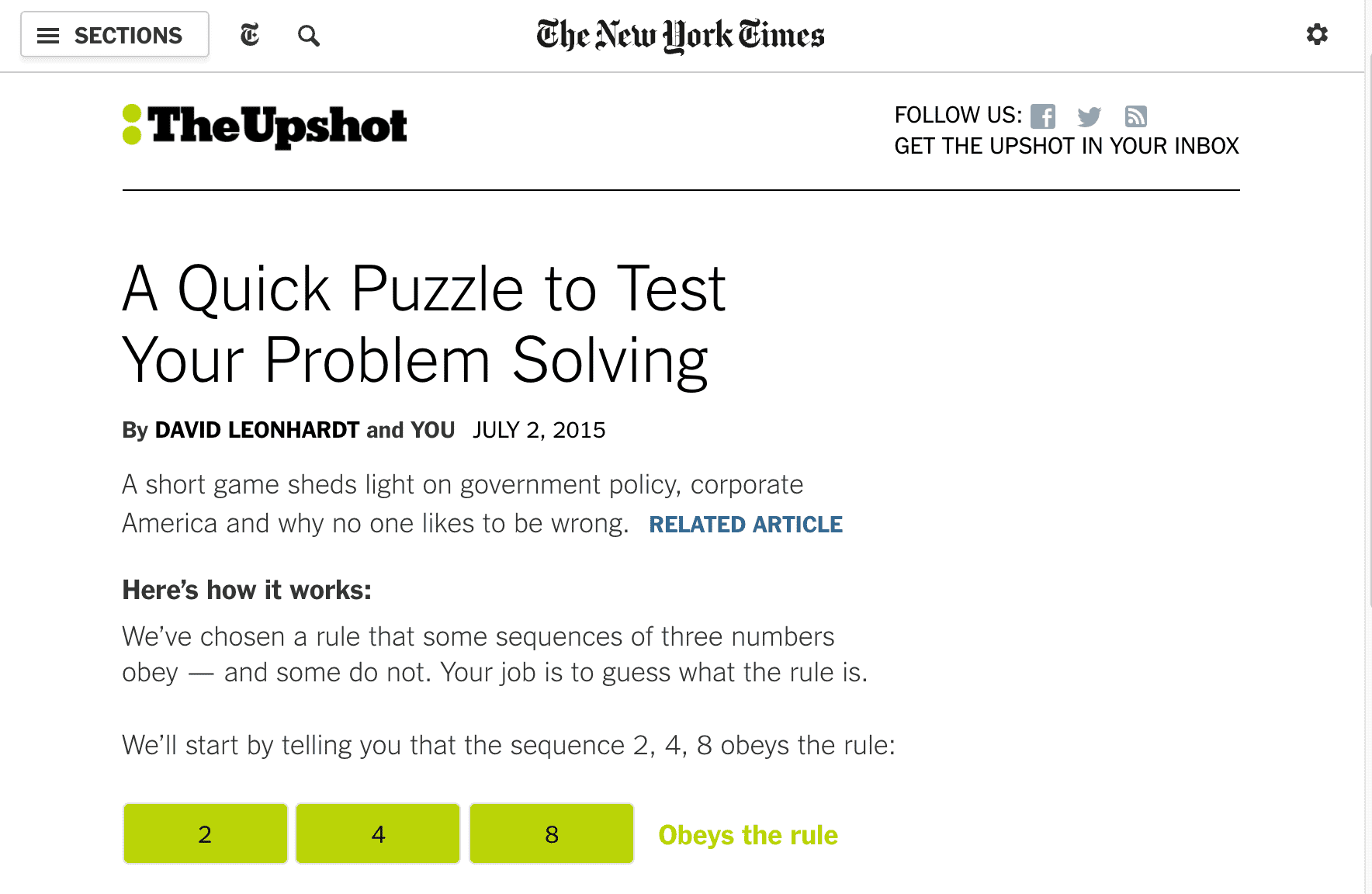Critical thinking
Joseph Reagle
Critical thinking
Critical thinking is a process of hunting assumptions—discovering what assumptions we and others hold, and then checking to see how much sense those assumptions make. (Brookfield 2012, “Teaching for critical thinking”)
How?
- look from multiple viewpoints
- be sensitive to ideologies (tacit economic, political, and social values)
- appreciate different types of assumptions
- be aware of thinking errors
- look for falsifying evidence
Thinking errors
- cognitive biases (e.g., availability bias)
- logical fallacies (e.g., ad hominem)
- misunderstandings (e.g., correlation and causation)
A Quick Puzzle
Confirmation bias: We look for evidence that confirms our beliefs/theories rather than challenging them.
Why critical thinking?
So as to take informed action.
actions that are grounded in evidence, can be explained to others, and stand a good chance of achieving the results we desire. (Brookfield 2012, “Teaching for critical thinking”)
Spurious correlation

Shark attacks vs ice-cream consumption??
Correlation != Causation
Spot the errors?
This critical thinking video has critical thinking fails.
Other cognitive biases
Also
Street epistemology

Lateral thinking

Review
Quiz
- In the NYT quiz we did, which sequence would be a good test of the rule that the numbers are ascending powers of two?
- What critical thinking principle does the exercise demonstrate?
- The shark exercising demonstrates the important of what critical thinking principle?
